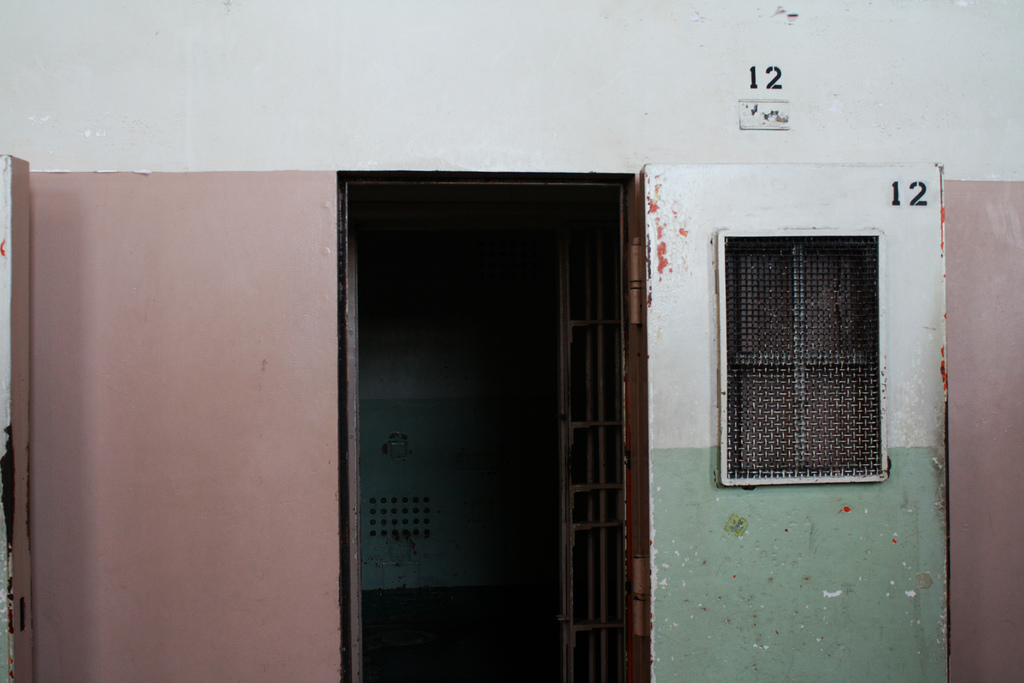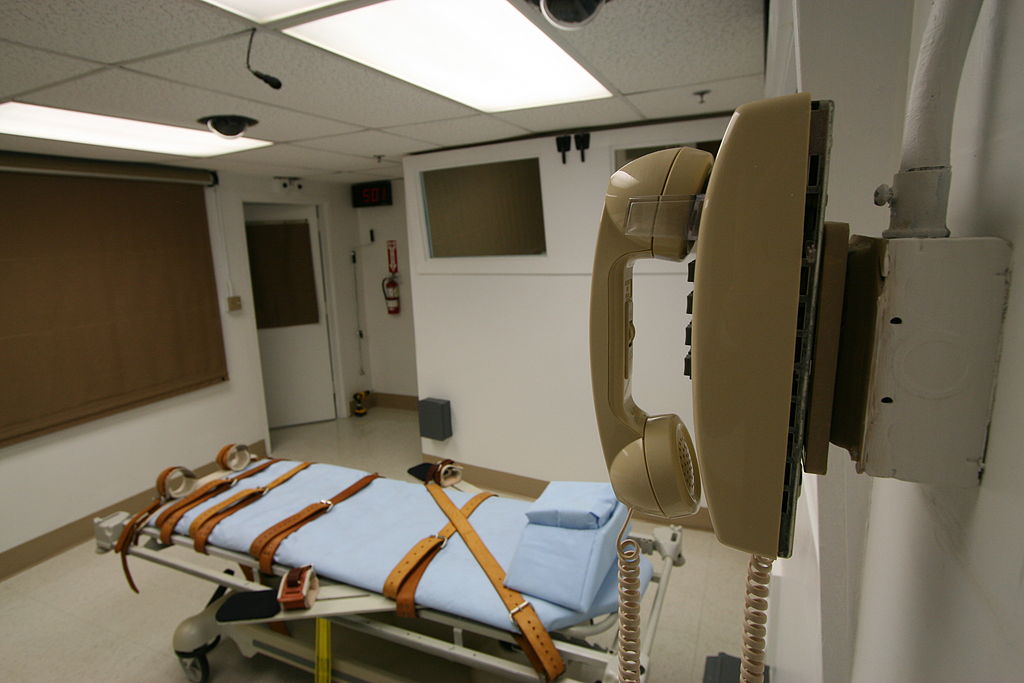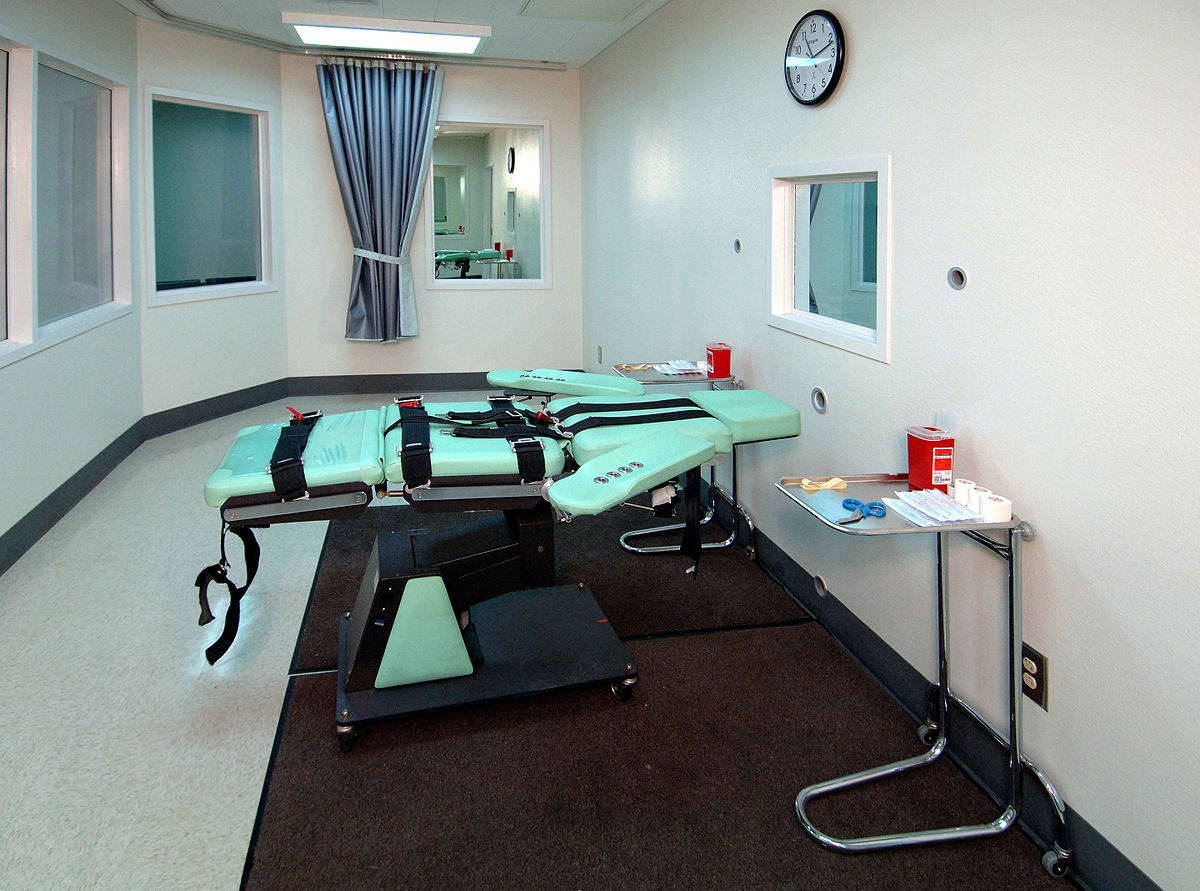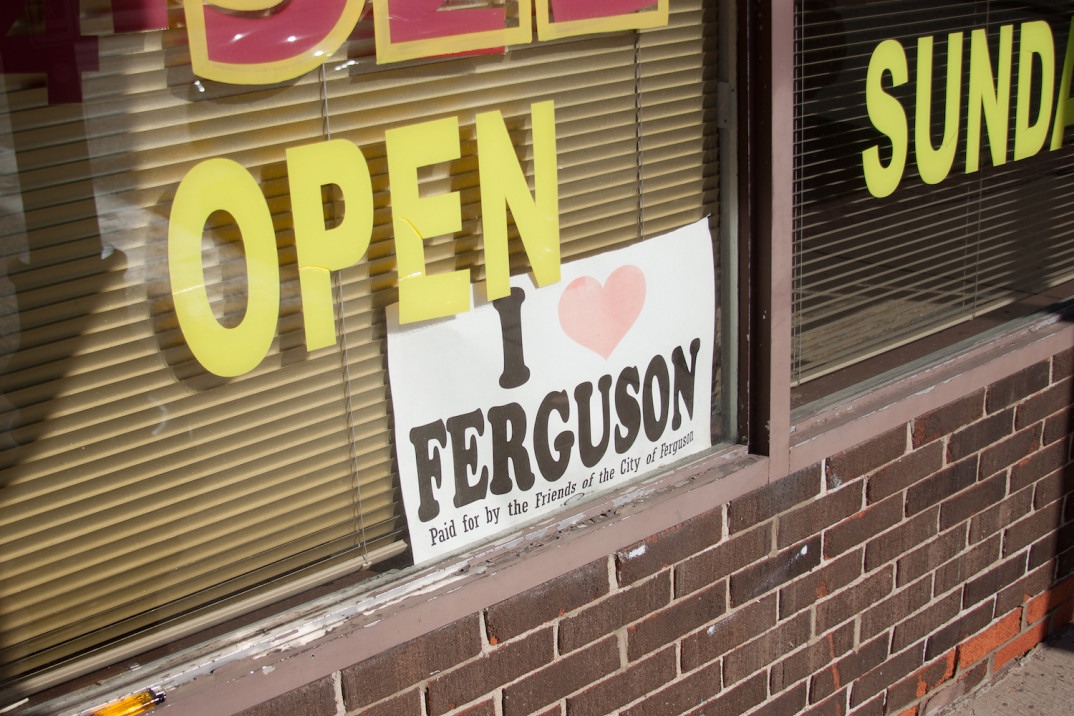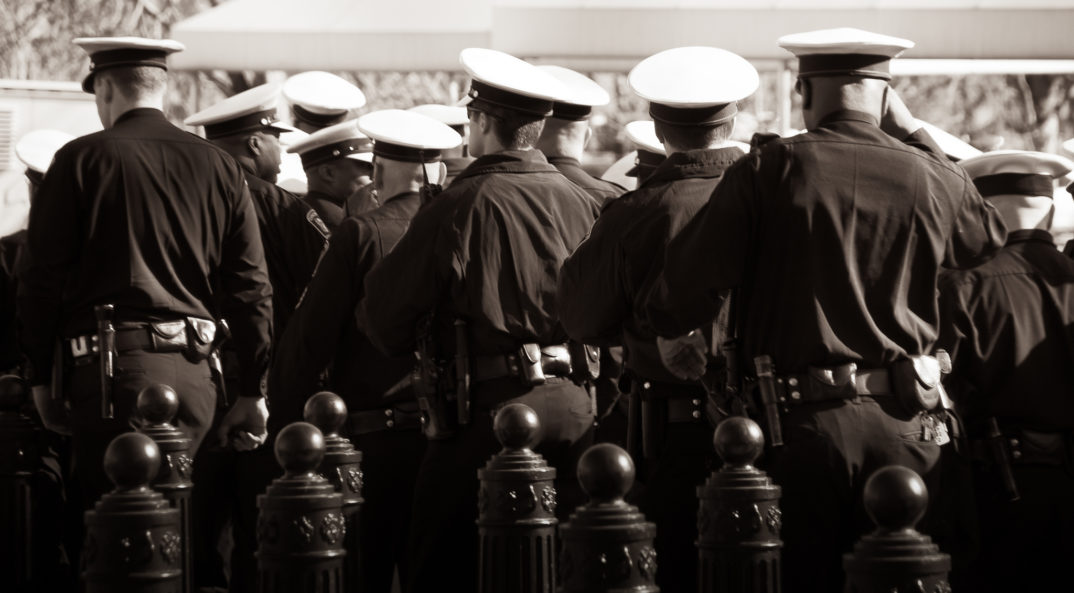In prisons throughout the United States, a total of somewhere around 80,000 prisoners are isolated from human contact for 22 to 24 hours a day. These prisoners are kept in very small cells—spaces of roughly 80 square feet. In the cell is a bed, a toilet, and very little else. Prisoners in solitary are fed three meals a day and are often allowed outside every day for an hour, with no contact with other prisoners. The practice, commonly known as “solitary confinement” has come to be known by a number of euphemisms, including “restrictive housing” and “segregation.”
Continue reading “Taking Stock of Solitary Confinement’s Mental Toll”

